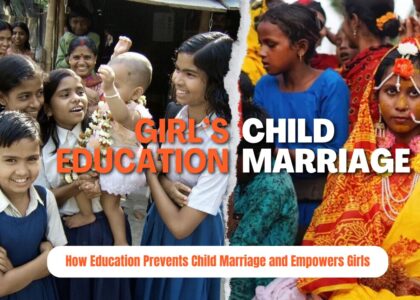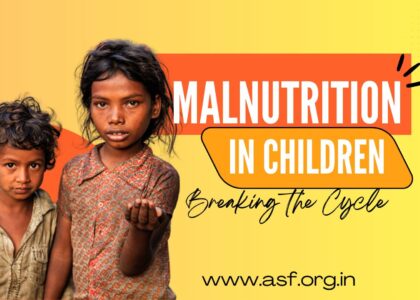From Struggle to Strength: Breaking the Cycle of Poverty
Poverty is not just the lack of money—it’s the lack of opportunity.
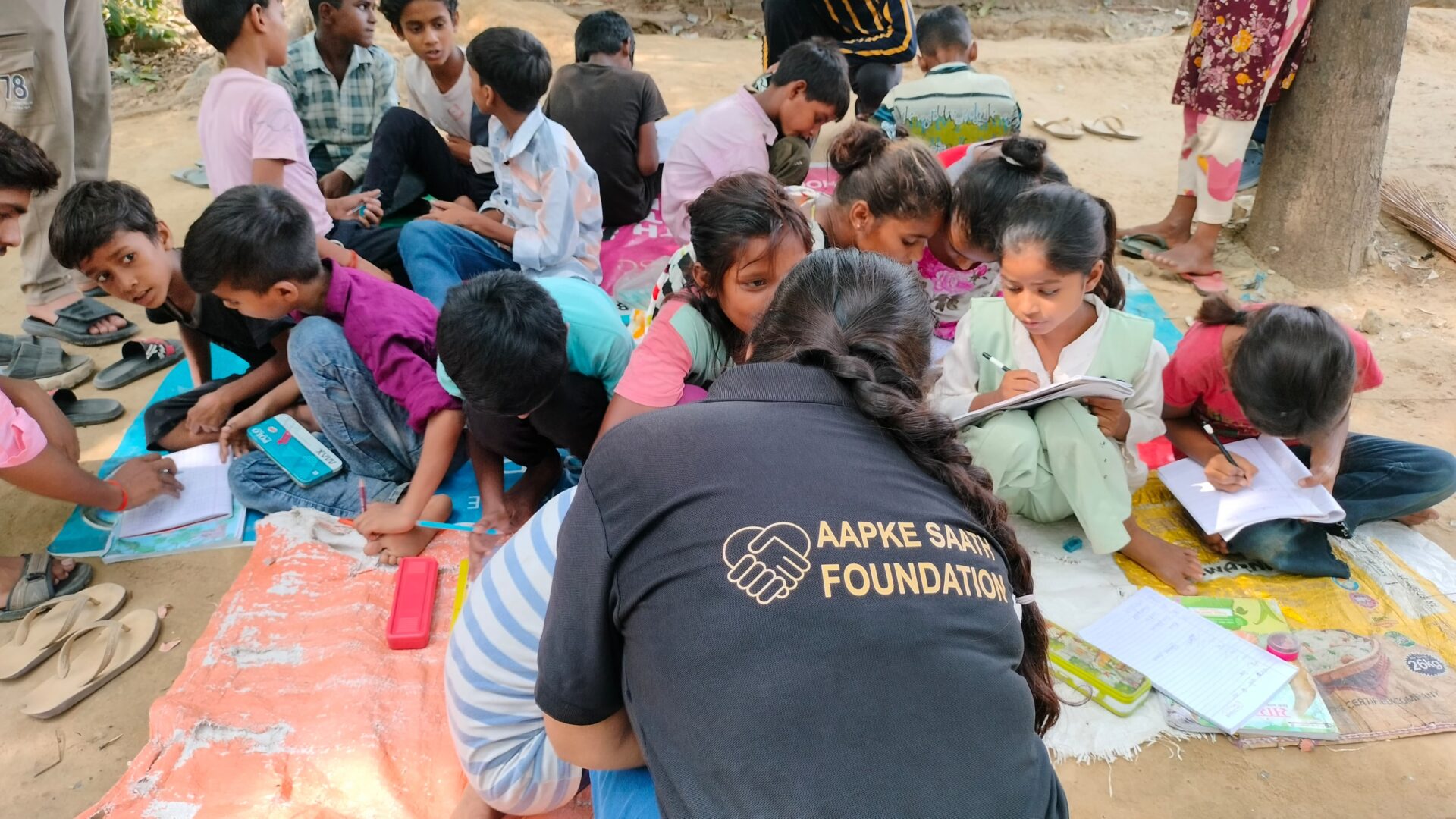
What Is the Cycle of Poverty?
Imagine being born into a world where no matter how hard you try, you’re always left behind.
- No school, because you must work to survive
- No proper food, so you can’t focus or grow well
- No clean water, so you’re often sick
- No support, because your parents never had help either
This is the cycle of poverty—a trap that holds back families generation after generation. According to UNICEF (2023), over 1 billion children live in multidimensional poverty, meaning they suffer not just financially, but in health, education, and dignity.
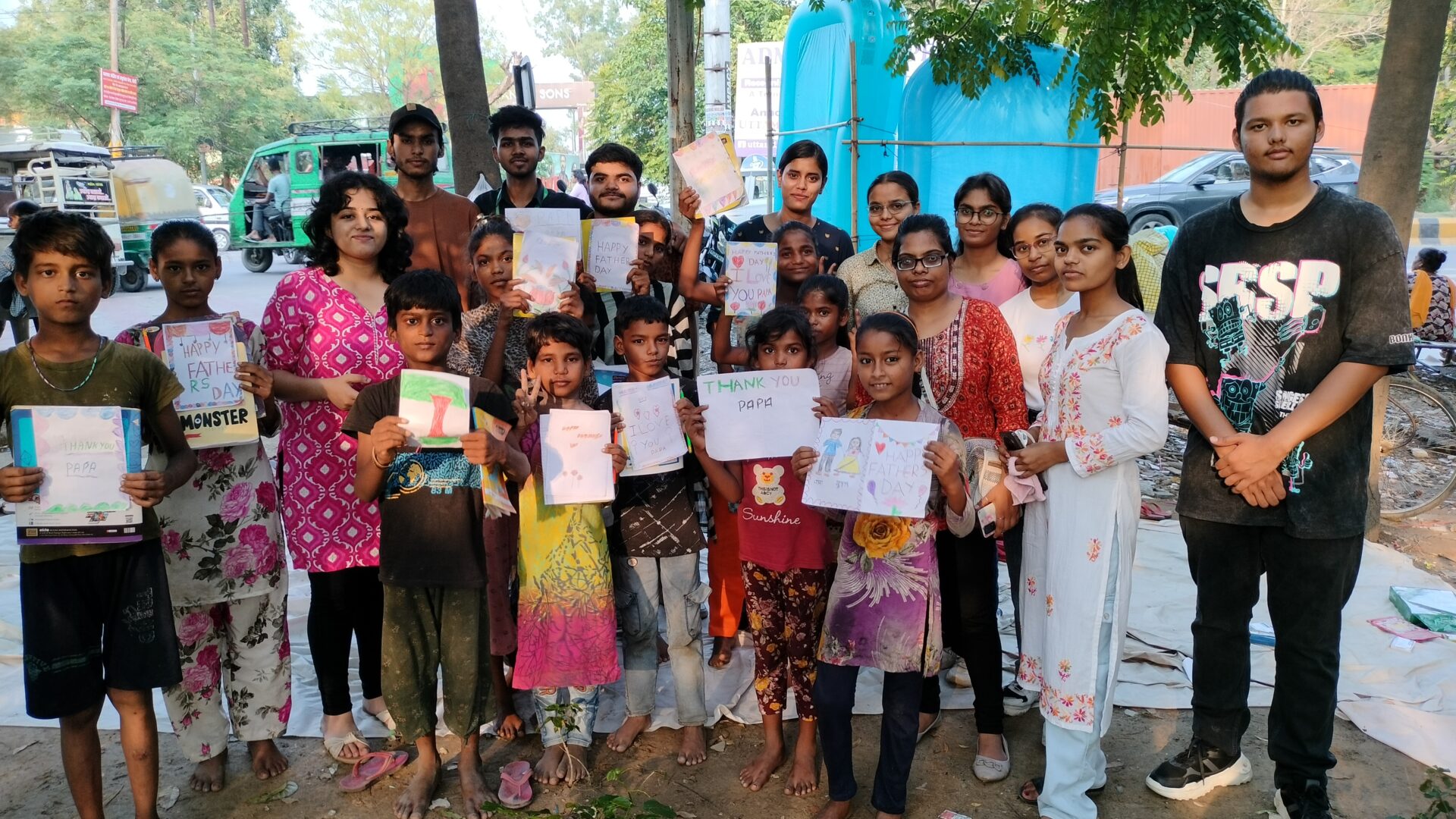
How the Cycle of Poverty Works
Each stage of poverty fuels the next:
- A child is born into a poor family
- They lack access to food, education, and healthcare
- They grow up without skills or opportunities
- They work in low-paying, unstable jobs
- They can’t offer better futures to their children
- The cycle starts all over again
Understanding this cycle is the first step to breaking it.
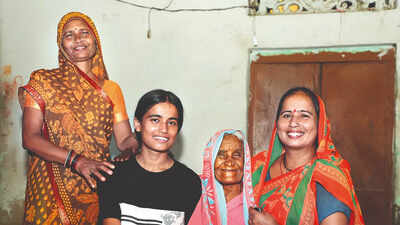
A Real Story of Hope: Kashish Yadav
Let’s meet Kashish Yadav, an inspiring girl from Uttar Pradesh whose story was featured in The Times of India.
Her father died when she was five. Her mother, a self-help group (SHG) worker, made snacks and pickles to make ends meet. Despite financial struggles, Kashish scored 95.2% in her Class 12 CBSE exams.
With the help of a scholarship from the Study Hall Educational Foundation (SHEF), she went to the USA through the Kennedy-Lugar YES program. Now, she dreams of becoming an IAS officer to help others like her.
Her story is proof that education, support, and opportunity can break the poverty cycle.
“Just because a child’s parents are poor or uneducated is no reason to deprive the child of basic human rights to health care, education, and proper nutrition.”
— Marian Wright Edelman
Root Causes of the Poverty Cycle
1. Lack of Education
Education is the most powerful tool against poverty. But poor families often drop out of school for survival. UNESCO states that even one year of schooling can increase future income by 10%.
2. Unemployment and Informal Work
Many work hard but remain poor. ILO reports that over 60% of the global workforce is stuck in informal jobs—without benefits or stability.
3. Poor Health and Malnutrition
Illness prevents people from working or studying. WHO notes that poor health is not just caused by poverty—it also deepens poverty.
4. No Access to Basic Resources
Imagine learning without light, or working without transport. More than 1.2 billion people live in multidimensional poverty (UNDP, 2022), missing out on essentials like clean water, electricity, and sanitation.
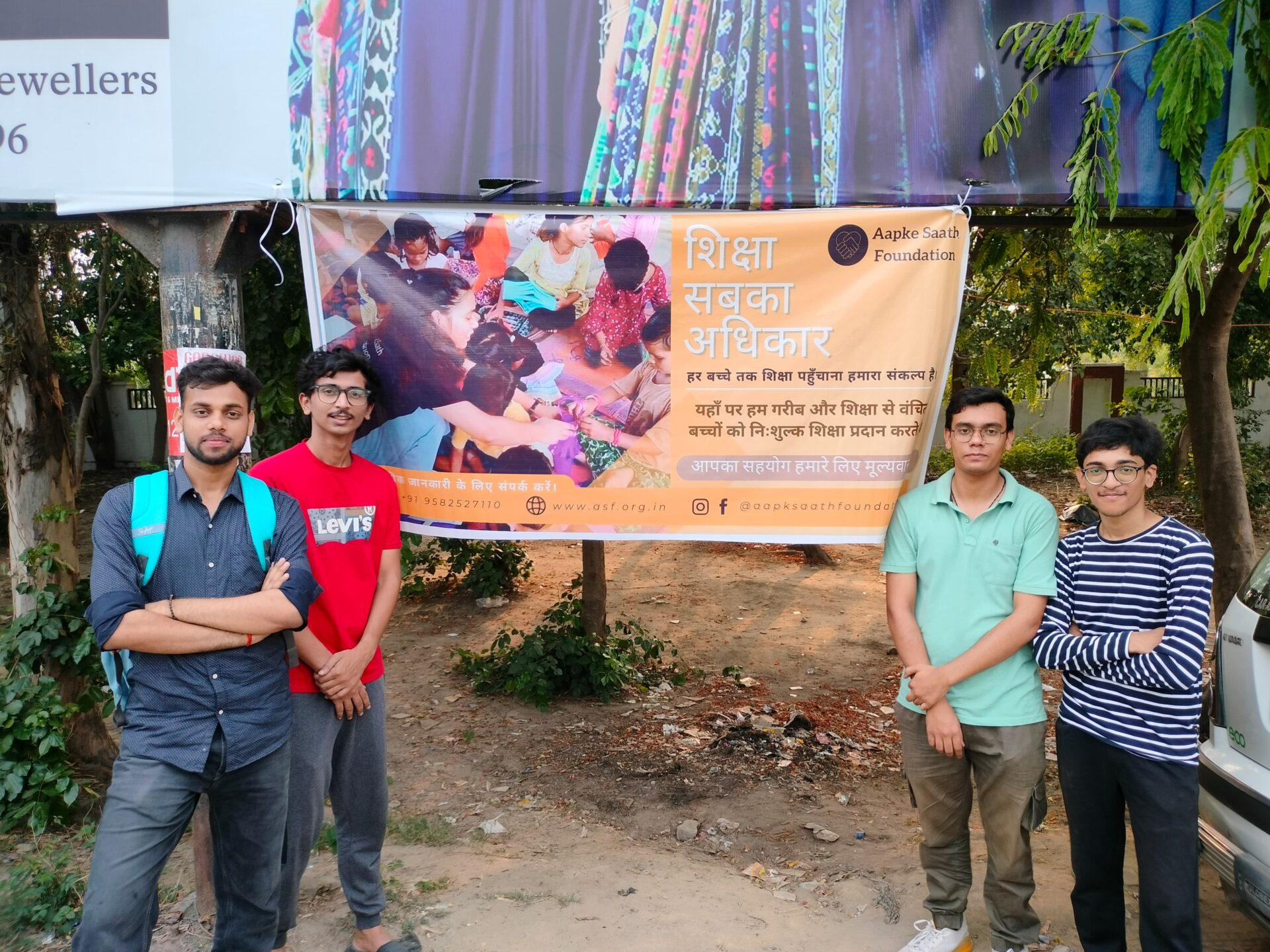
How We Are Breaking the Poverty Cycle
At Aapke Saath Foundation, we don’t just provide charity—we create lasting change.
1. Education First
We’ve helped 1454+ children stay in school through scholarships, school kits, and after-school classes.
2. Skills That Empower
We offer training in sewing, computer literacy, and phone repair. Many women now earn more than their husbands.
3. Health for All
We provide free health checkups, menstrual hygiene drives, and nutrition kits to prevent illness caused by poverty.
4. Women Empowerment
Our women-led self-help groups have started micro-businesses and opened bank accounts for the first time.
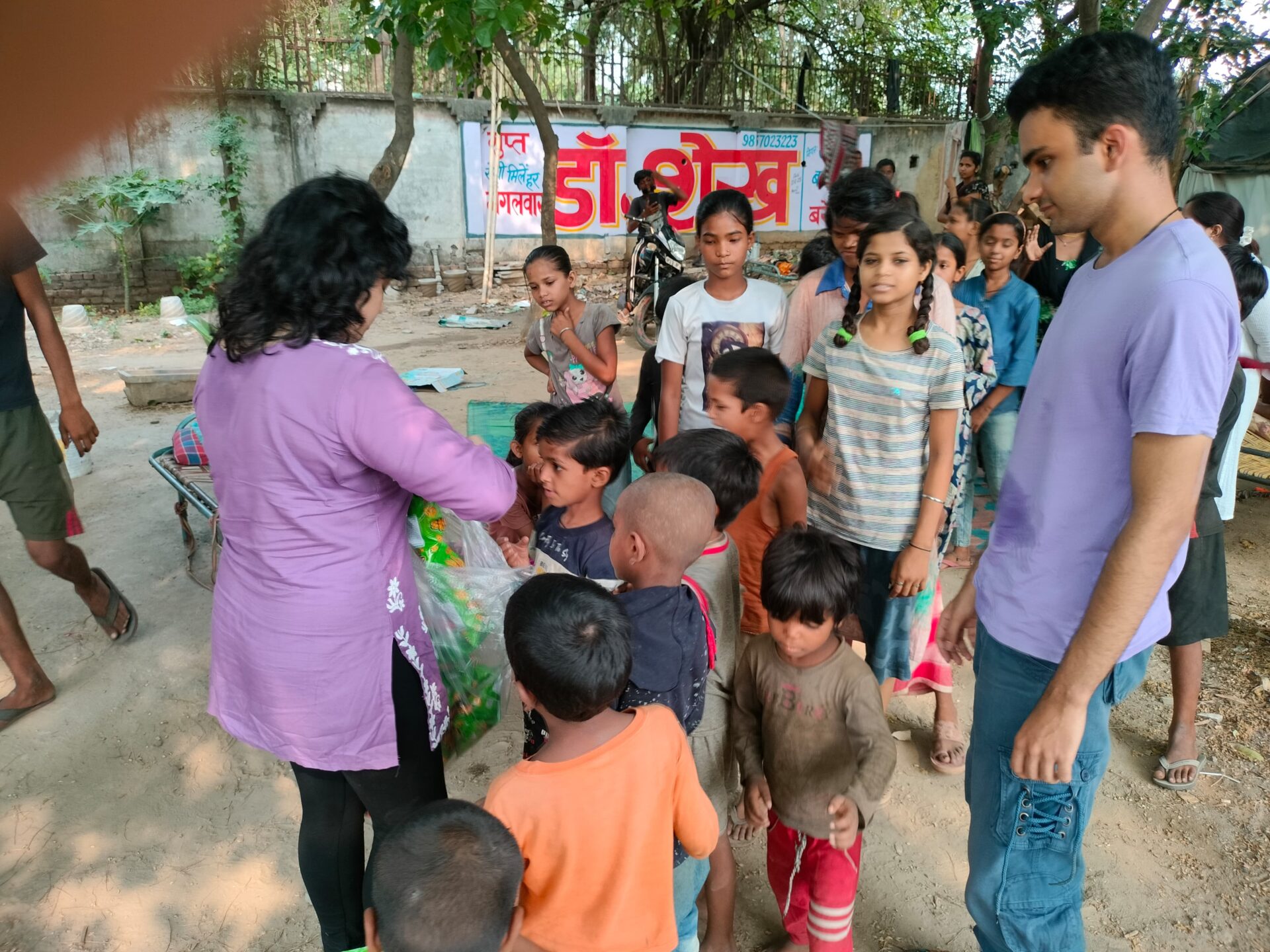
How You Can Help Break the Poverty Cycle
You can become the change someone needs. Here’s how:
- Sponsor a child’s education
- Volunteer your time or skills
- Share this blog on social media
- Donate to support health, education, or skills programs
- Advocate for better public policy and services
“It doesn’t have to begin with the government. It can begin with you.”
Poverty Is a System, Not a Choice
Poverty isn’t laziness—it’s a system stacked against people from birth. But compassion, education, and consistent support can fix that system.
- Every child deserves a fair chance.
- Every family deserves hope.
- And every kind act moves us closer to breaking this cycle.
Get All the Info You Need About the Campaign from Our Volunteer
Feel free to contact our friendly volunteers—they’re happy to help!

